Pickleball Elbow: Understanding and Treatment
My Personal Encounter with Pickleball Elbow
As a passionate pickleball player, I recently found myself grappling with an unexpected and painful condition: Pickleball Elbow. After an intense week of playing, I began experiencing a nagging pain in my right elbow, specifically on the inside part closest to my body. This personal experience led me to delve deeper into understanding this condition, commonly known as lateral epicondylitis, and its impact on pickleball enthusiasts like myself. In this article, I aim to share my journey through the causes, treatments, and preventive measures for pickleball elbow, offering insights and advice to fellow players facing similar challenges.
Pickleball elbow, often referred to as lateral epicondylitis, is a condition similar to the well-known tennis elbow, affecting many pickleball enthusiasts. This article delves into the causes, treatments, and preventive measures for pickleball elbow, aiming to provide a thorough understanding of this common injury.
Understanding Pickleball Elbow (Understanding and Treating Lateral Epicondylitis)
Pickleball elbow is essentially the same condition as tennis elbow or lateral epicondylitis. It’s caused by repetitive motion and overuse of the arm, forearm, and hand muscles, leading to pain in the outer elbow joint. While traditionally associated with tennis, this condition is increasingly seen in pickleball players, given the sport’s similar demands.
Causes of Pickleball Elbow
- Repetitive Motion: The primary cause is the repetitive swinging motion, which strains the forearm muscles.
- Improper Technique: Using incorrect stroke techniques or equipment can increase the risk.
- Overuse: Extended play without adequate rest can exacerbate the condition.
Treatment and Relief for Pickleball Elbow
Managing tennis elbow from pickleball involves several strategies, often similar to those used in treating traditional tennis elbow.
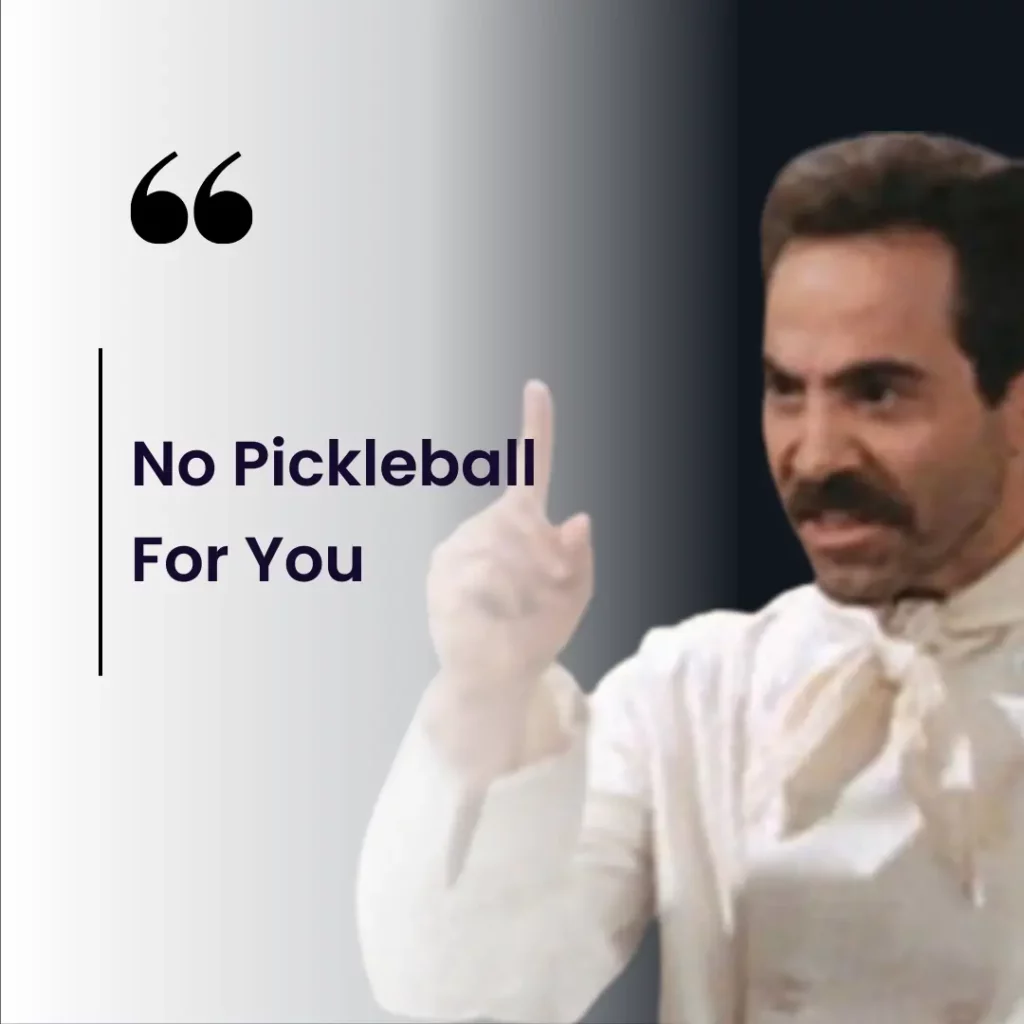
Home and Professional Treatments
- Rest: Taking a break from activities that cause pain is crucial.
- Ice Packs: Applying ice can reduce pain and swelling.
- Pain Relievers: Over-the-counter medications like ibuprofen can offer relief.
- Physical Therapy: Specific exercises can strengthen and stretch the arm muscles, with physical therapy for tennis elbow being particularly effective.
- Braces or Straps: These can reduce stress on the injured area.
- Steroid Injections: In severe cases, these may be recommended.
- Surgery: This is considered when other treatments fail.
Preventing Pickleball Elbow
Prevention of elbow pain from pickleball is key. This includes proper technique, equipment choice, and body conditioning.
How to Prevent Pickleball Elbow
To prevent pickleball elbow, it’s crucial to focus on proper playing techniques. This includes maintaining a relaxed grip, using the correct paddle weight, and practicing efficient swing mechanics. Regular exercises that strengthen the forearm muscles and improve flexibility can also significantly reduce the risk of elbow pain.
How to Avoid Tennis Elbow in Pickleball
Tennis elbow, a common issue in racket sports, can be avoided in pickleball by using equipment suited to your skill level and physical capabilities. Choose a paddle that’s not too heavy and has a comfortable grip size. Additionally, warming up properly before playing and using a technique that doesn’t strain the elbow are key preventive measures.
Pickleball Elbow Symptoms
Symptoms of pickleball elbow include pain or discomfort around the elbow, particularly where the forearm tendons attach to the bony bump on the outside of the elbow. Players may also experience weakness in the wrist and difficulty in performing simple tasks like opening a door or shaking hands. Recognizing these symptoms early is vital for timely treatment.
Does Pickleball Cause Tennis Elbow?
While pickleball can lead to tennis elbow, it’s not a direct cause. The condition arises from repetitive stress and strain, often due to improper technique or overuse. Pickleball players can reduce their risk by practicing good form, using the right equipment, and avoiding overexertion. Understanding the differences in movement and impact between pickleball and tennis is also beneficial for prevention.
Technique and Equipment
- Proper Training: Seek coaching to ensure correct playing techniques.
- Right Equipment: Use a paddle that suits your body mechanics to avoid outer elbow pain. Test or demo different paddles of different weight to see which is best for you. Read more about the benefits of the Hesacore Grip.
Physical Conditioning
- Strengthening Exercises: Focus on forearm and core strength to reduce reliance on the elbow.
- Regular Stretching: Incorporate stretching into your routine to maintain muscle flexibility.
Identifying and Addressing the Specific Cause
To effectively treat tennis elbow pain, identifying the specific action causing the pain is crucial. This might involve analyzing your playing style, checking your equipment, and adjusting the frequency of play.
Conclusion
Whether you’re experiencing tennis arm pain or pickleball elbow treatment is your concern, understanding the causes and implementing effective treatment and prevention strategies is key to recovery and continued enjoyment of the sport. Remember, each individual’s situation is unique, so it’s important to seek personalized advice from healthcare and sports professionals.
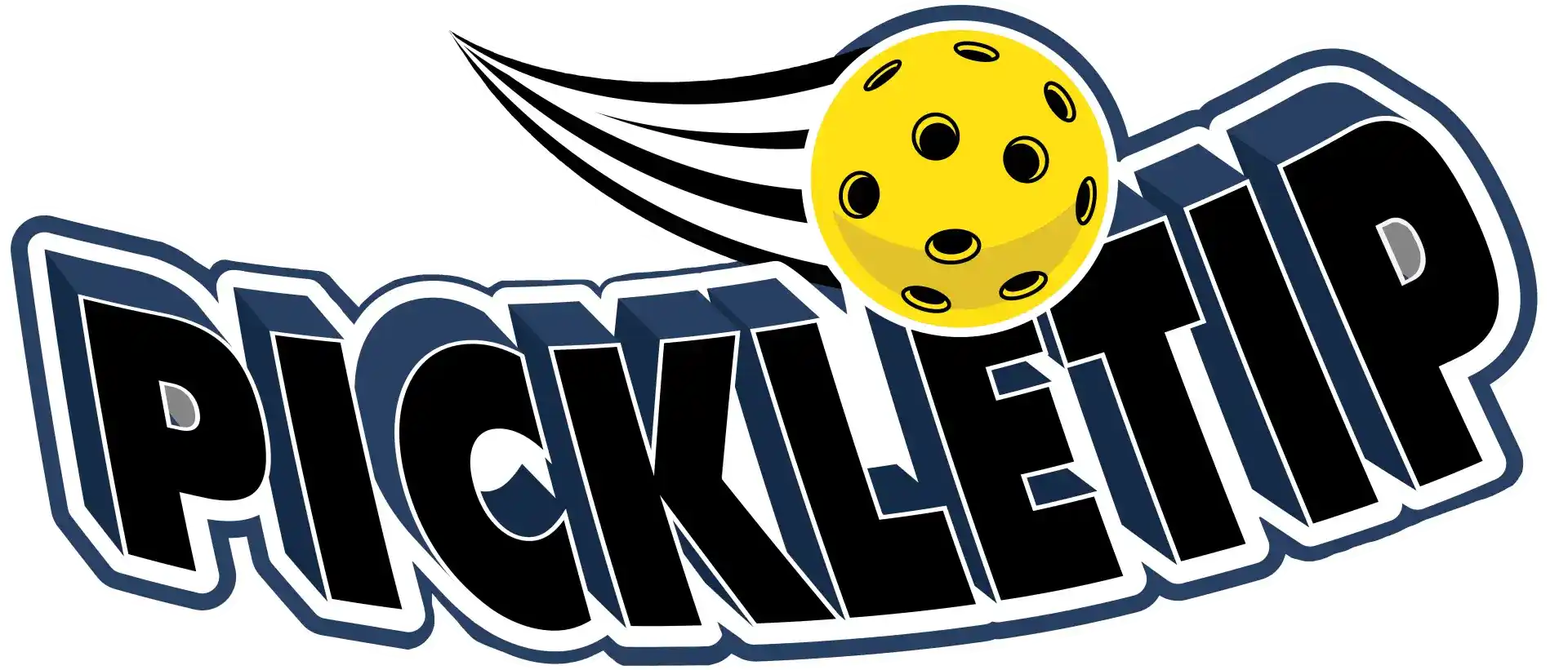
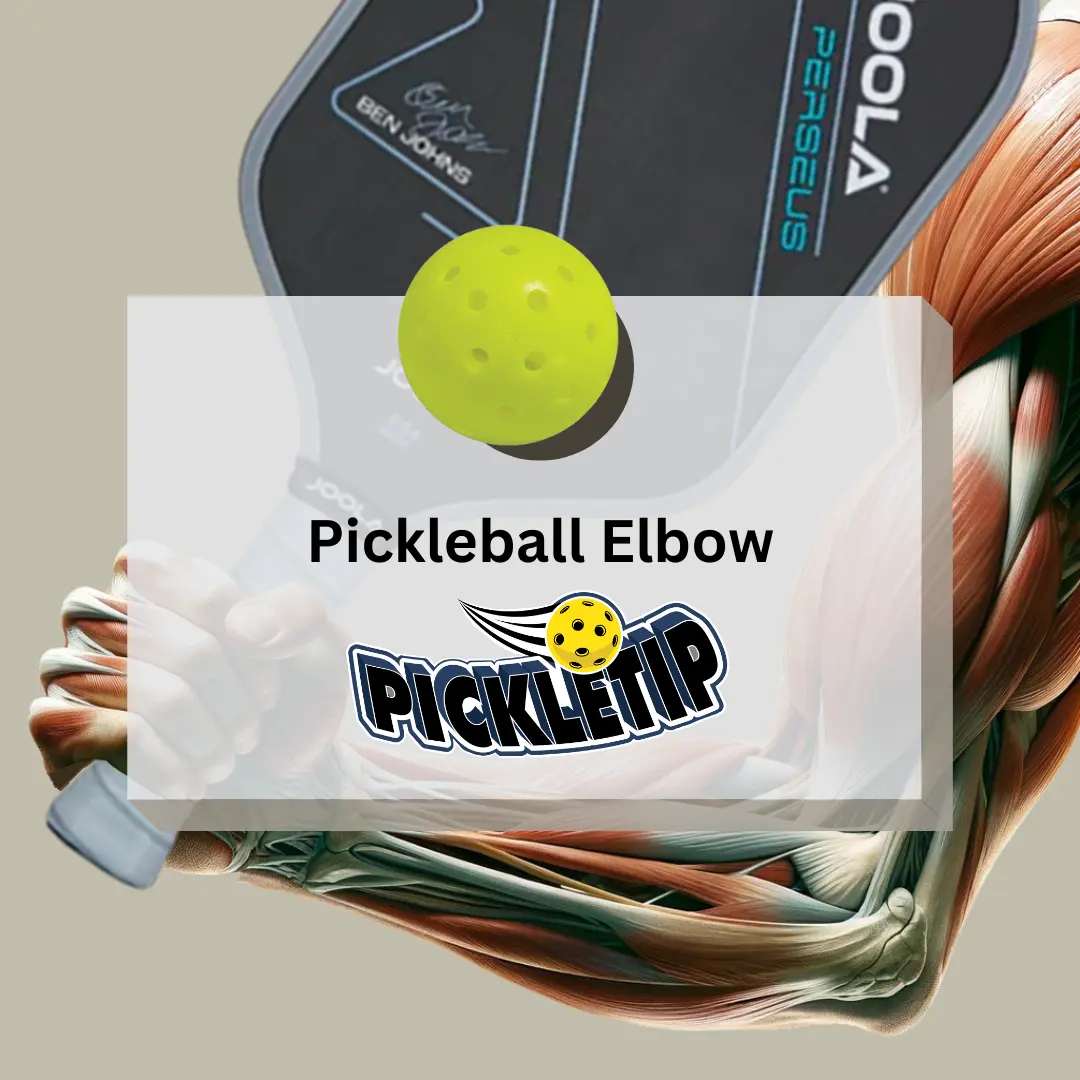

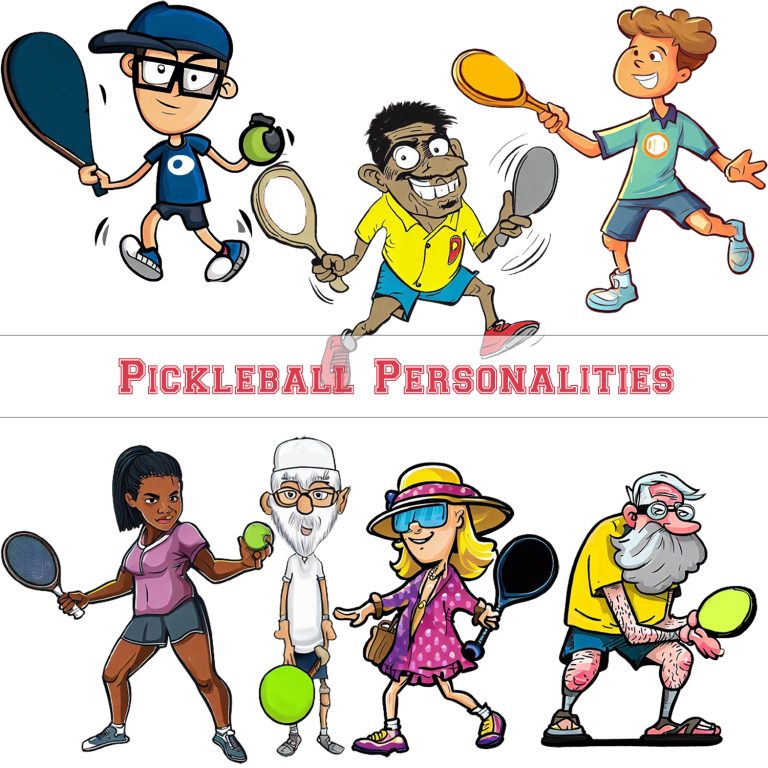

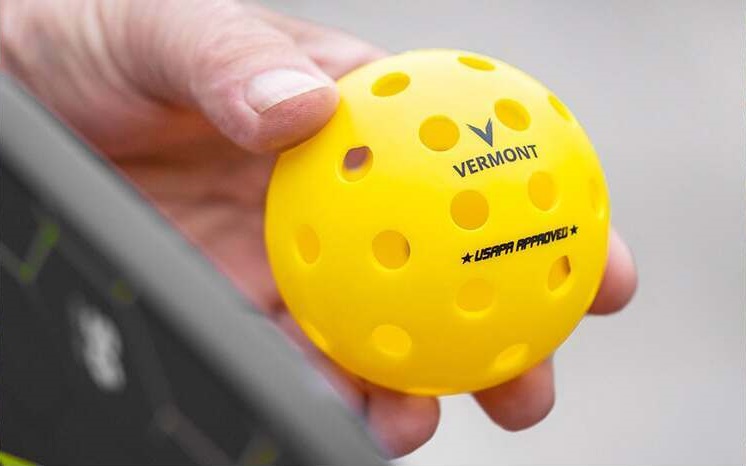
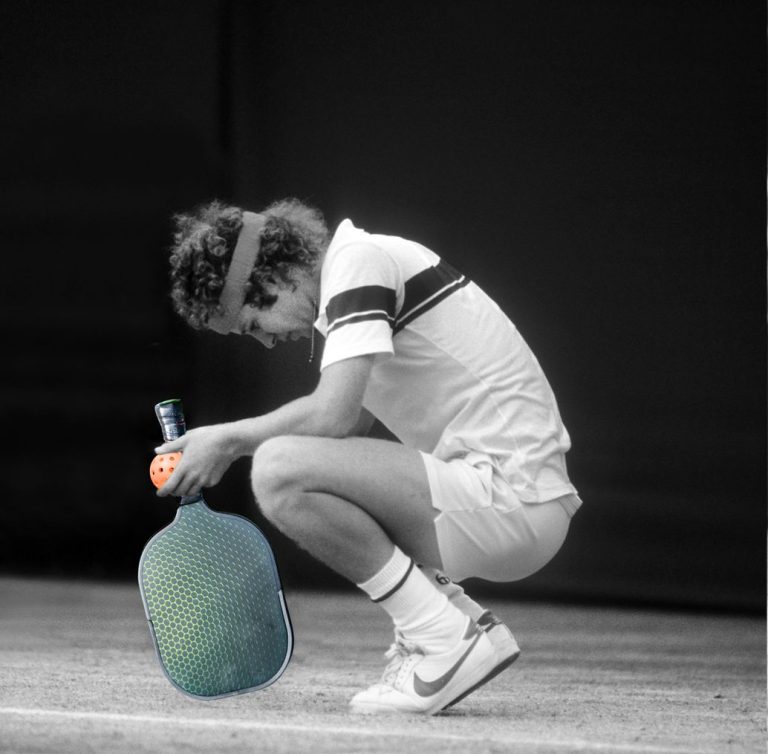
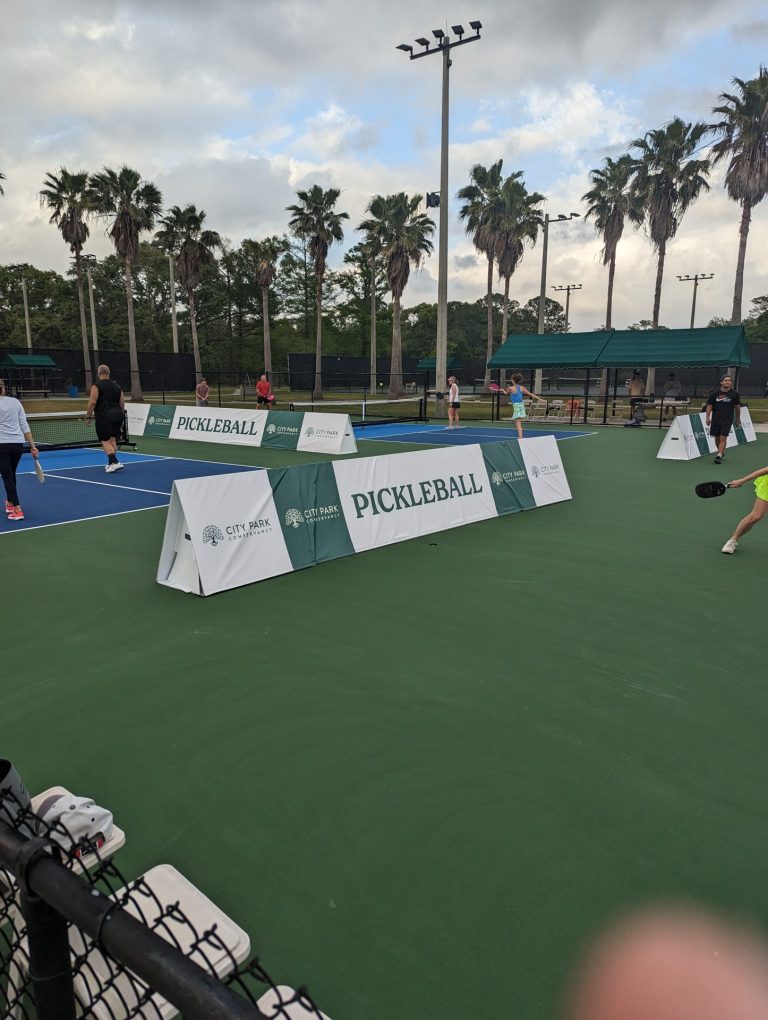
One Comment